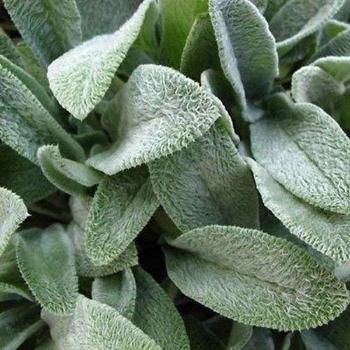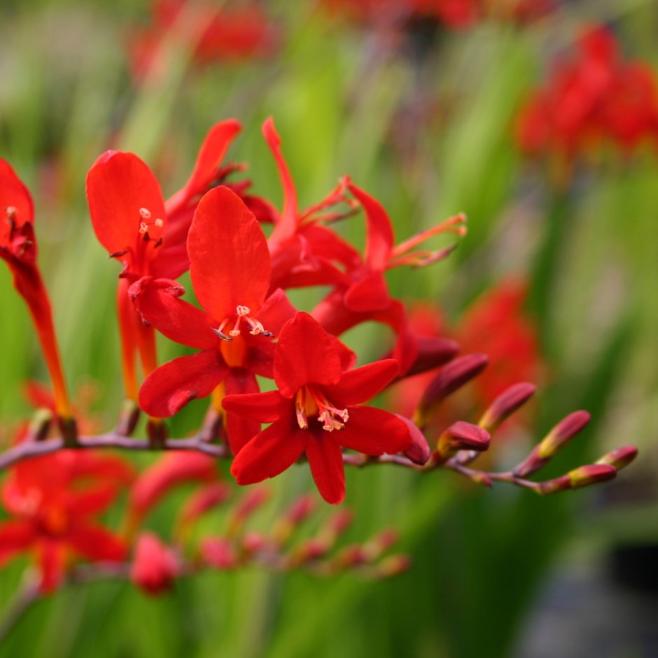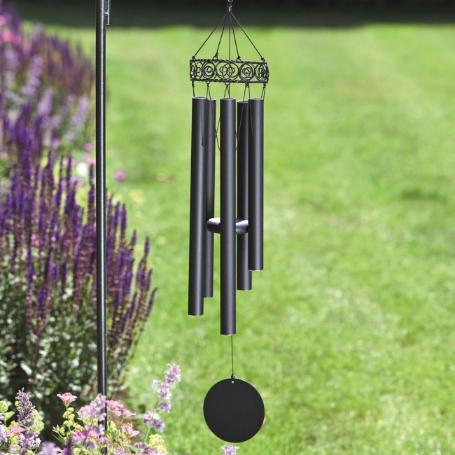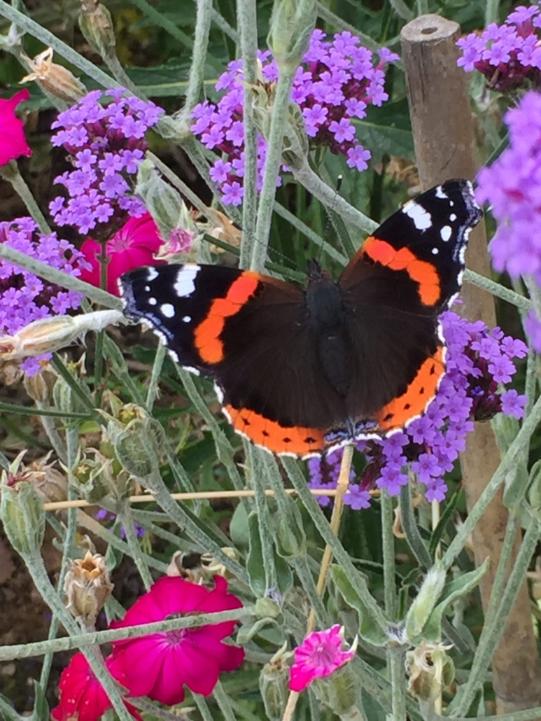Sensory gardens environments
I worked for many years with people with sensory and physical disabilities and also mental ill-health. I know first-hand the benefits a sensory environment can bring to people and as a garden designer I am passionate about putting my knowledge to good use in creating these spaces for people. I am available to work with community projects, local schools or care environments.
A great sensory environment takes into account all five of the senses.
Touch
Touch – many plants are very forgiving and don’t mind being touched or even trodden on. Unique furry leaves such as Stachys byzantina (Lambs ears) or tall flowing grasses such as Stipa tenuissima provide varied tactile experiences.
Smell
Smell – there are many fragrant plants which can appeal to a person’s sense of smell such as Helichrysum italicum (curry plant), Cosmos atrosanguineus (chocolate cosmos) or simple Lavandula angustifolia (English lavender). Placing such plants close to a path or seating area can stimulate the senses when walking by or brushing past them.
Sight
Sight – there is such a variety of colours available in nature in leaf, flower, bark and foliage hues. A varied and well-designed colour palette in a sensory garden can provide stimulation or relaxation depending on the tones that are used. From the glowing red of Crocosmia ‘Lucifer’ to bright yellow Helianthus annuus (common sunflower) to the bright blue of Nigella damascena (love-in-a-mist), there is a whole colour palette for a designer to choose from.
Sound
Sound – different sounds can be created in a garden by the use of water or wind chimes but also from planting such as bamboos or ornamental grasses which rustle in the breeze. These elements and plants may not initially be seen by the visitor but hearing them will entice further exploration of the garden.
Taste
Taste – gardens can produce vegetables, fruits and herbs that are all edible and appeal to the taste buds but there are also many plants such as Calendula officinalis (common marigold) or Tropaeolum majus (nasturtium).
Please contact me to discuss how I can help you with your sensory environment.
Climate Change and Biodiversity
Climate Change and Biodiversity
Climate change is a real issue in today’s society and people are unaware how some of the simple things that we can do in our garden environments can make a small difference to contribute to a global change.
The materials you choose to use in your garden can combat some of the issues caused by climate change such as heavy rainfall and flooding. There are simple steps I can help with to improve drainage and ways to direct and store rainwater for use in the garden.
Just by planting a tree you can join in the fight against climate change. Trees filter dangerous pollutants present in the air we breathe using their leaves and bark. They also absorb carbon dioxide and release oxygen. Trees are also fantastic habitats for all wildlife promoting biodiversity.
There are other ways to promote biodiversity in the garden environment such as growing a wildflower meadow to attract bees and butterflies into the garden or building a woodpile which will act as a home for insects and larvae.
I can design you a wildlife haven so you can really make a change that benefits the planet – please contact me to discuss.






